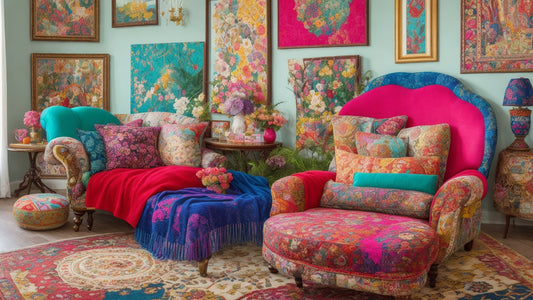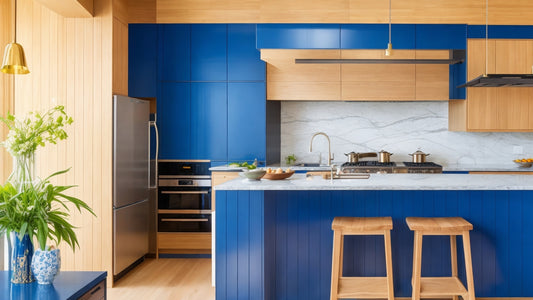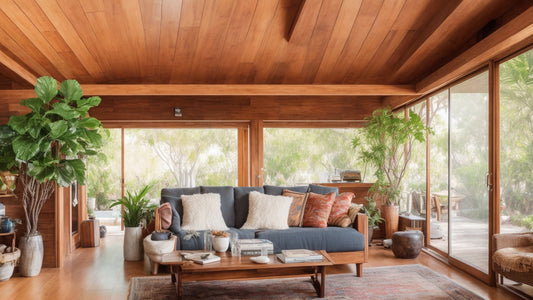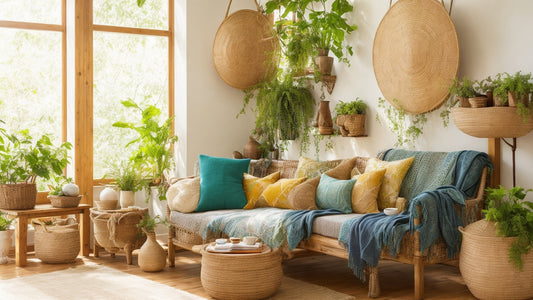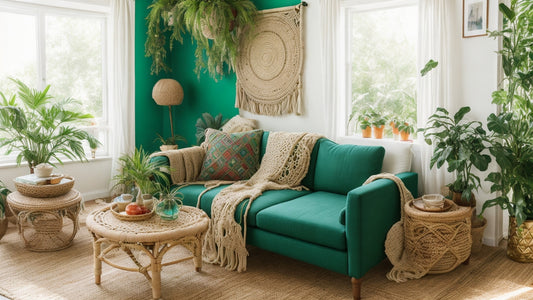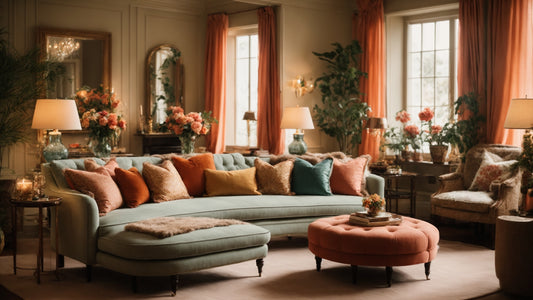How to Pick the Perfect Area Rug
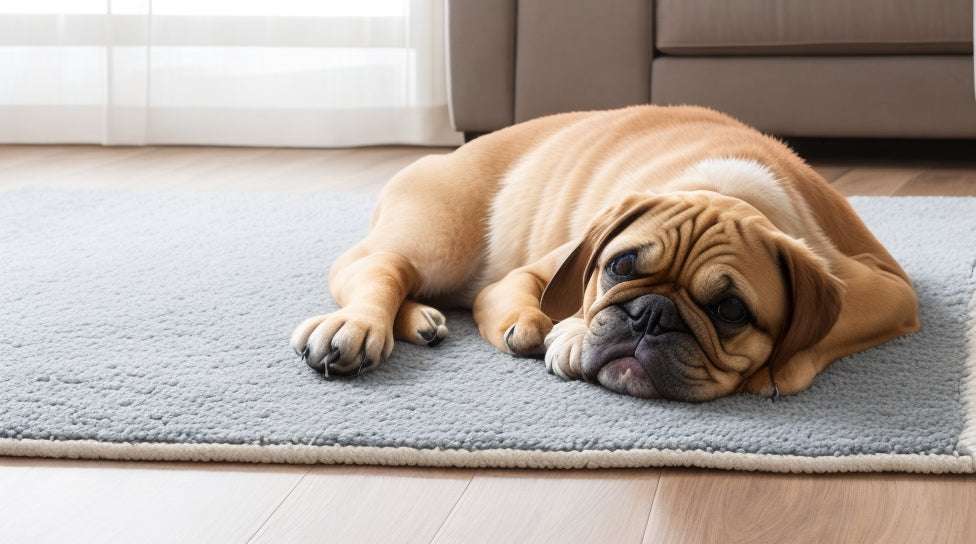
Share
How to choose the right area rug for your space
Area rugs are a great way to add style, personality, and comfort to any room. They can also help to define spaces, protect your floors, and muffle noise. But with so many different types and styles of area rugs on the market, it can be tough to know where to start when choosing the right one for your space.
In this blog post, we'll walk you through the process of choosing the right area rug for your space, step-by-step. We'll cover everything from determining the right size and shape to choosing the right material and pattern.
Step 1: Consider the space
The first step in choosing the right area rug is to consider the space where it will be placed. What room is the rug for? What is the function of the space? How much traffic does it get? Once you have a good understanding of the space, you can start to narrow down your choices.
Living room: Area rugs are a popular choice for living rooms. When choosing a rug for your living room, consider the size and placement of your furniture. You want to choose a rug that is large enough to accommodate your furniture, with at least 6 inches of bare floor on all sides. You may also want to consider placing the rug under your coffee table and sofa to create a cozy and inviting space.
Dining room: Area rugs can also be used in dining rooms to define the space and protect your floors from food and spills. When choosing a rug for your dining room, make sure to choose one that is large enough to accommodate your dining table and chairs, with at least 12 inches of bare floor on all sides.
Bedroom: Area rugs can also be used in bedrooms to add warmth and comfort underfoot. When choosing a rug for your bedroom, consider the size and placement of your bed. You want to choose a rug that is large enough to extend at least 12 inches beyond the edges of your bed on all sides.
Step 2: Determine the size and shape
Once you've considered the space where you'll be placing the rug, it's time to determine the size and shape. The size of the rug will depend on the size of the room and the furniture in the space. The shape of the rug can be used to define the space and create a focal point.
Rectangular rugs: Rectangular rugs are the most common type of area rug. They are versatile and can be used in a variety of spaces. Rectangular rugs are a good choice for living rooms, dining rooms, and bedrooms.
Square rugs: Square rugs are a good choice for smaller spaces or for creating a focal point in a room. Square rugs can also be used to define a specific area in a room, such as a conversation area or a reading nook.
Round rugs: Round rugs are a good choice for adding a touch of softness and interest to a space. Round rugs are also a good choice for smaller spaces, as they can help to make the space feel more open and airy.
Step 3: Choose the right material
Area rugs are made from a variety of materials, each with its own advantages and disadvantages. Some of the most common materials for area rugs include wool, synthetic fibers, cotton, and jute.
Wool: Wool rugs are durable, stain-resistant, and soft underfoot. However, wool rugs can be expensive and require professional cleaning.
Synthetic fibers: Synthetic fiber rugs are typically less expensive than wool rugs and are also stain-resistant. However, synthetic fiber rugs can be less durable than wool rugs and may not be as soft underfoot.
Cotton: Cotton rugs are affordable and easy to clean. However, cotton rugs are not as durable as wool or synthetic fiber rugs and may not be as stain-resistant.
Jute: Jute rugs are affordable and durable. However, jute rugs can be rough underfoot and may not be suitable for all spaces.
Step 4: Consider the pattern
Area rugs come in a variety of patterns, from solids to geometric to floral. The pattern of the rug can be used to add interest and personality to a space. It can also be used to create a focal point or to define a specific area in a room.
When choosing a pattern for your area rug, consider the overall style of your room. If you have a lot of patterned furniture, you may want to choose a solid rug. If you have mostly solid furniture, you can choose a patterned rug to add interest.
Step 5: Choose a rug that fits your budget
Area rugs can range in price from a few dollars to several thousand dollars. When choosing a rug, it's important to set a budget and stick to it.
If you're on a tight budget, there are a few things you can do to find a good deal on an area rug:
- Shop around and compare prices from different retailers.
- Look for sales and discounts.
- Consider buying a used rug.
- Choose a less expensive material, such as synthetic fibers or cotton.
- Choose a solid rug, which is typically less expensive than a patterned rug.
Tips for choosing an area rug on a budget:
- Shop at thrift stores, flea markets, and garage sales. You can often find high-quality area rugs at these locations for a fraction of the price of new rugs.
- Look for rugs that are on sale. Many retailers offer sales on area rugs throughout the year. You can also sign up for email lists to be notified of upcoming sales.
- Consider buying a smaller rug. Smaller rugs are typically less expensive than larger rugs.
- Choose a rug made from a less expensive material. Synthetic fibers and cotton are two affordable materials that are often used to make area rugs.
- Choose a solid rug. Solid rugs are typically less expensive than patterned rugs.
Here are some additional tips for choosing the right area rug for your space:
- Consider the overall style of your room. Choose a rug that complements the other furniture and décor in the room.
- Think about the function of the space. If the rug will be in a high-traffic area, choose a durable material that is easy to clean.
- Don't be afraid to experiment. There are no hard and fast rules when it comes to choosing an area rug. Try different styles and colors to see what you like best.

